How PQAI maintains user privacy?
When you use PQAI for running prior-art searches, you can rest assured that PQAI provides you complete privacy. Unlike most search engines, which track everything you do, PQAI never tracks
When you use PQAI for running prior-art searches, you can rest assured that PQAI provides you complete privacy. Unlike most search engines, which track everything you do, PQAI never tracks

The truth is that every news [channel] is a variant of the other, and the difference is one of degree. – Barkha Dutt Let’s pause for a moment and distill

You have invented something new and useful — be it a new garden tool, anti-aging cream, or even a power transfer technique for mobile phones. Bravo! But you might wonder:
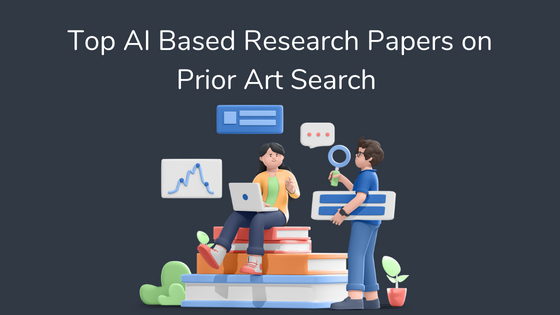
Since searchable digital patent databases gained widespread acceptance, the IP industry has been greatly interested in moving beyond basic, keyword-based searching. Numerous startups and established companies have tried their hand
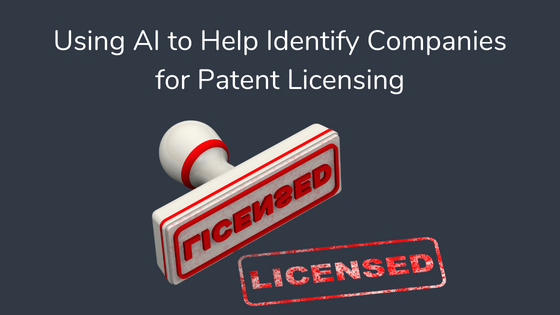
With the increase of filed patents worldwide, locating meaningful information in this ever-growing dataset is getting more complex and time-consuming. Artificial intelligence (AI) plays a critical role in simplifying this
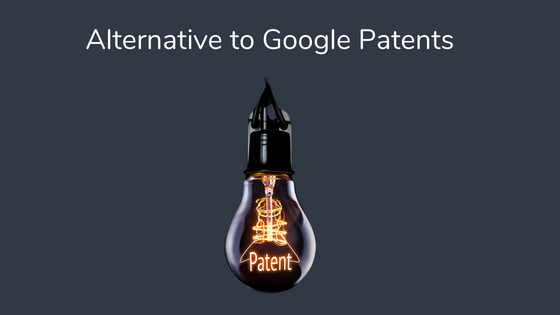
A Google Patents search requires the searcher to create complex keyword strings and sift through thousands of documents to find relevant prior art. In addition, some users are skeptical about

You’ve come up with a brilliant invention and are ready to patent it. The first step in the process is to conduct a prior art search to ensure that there

The Evolution of Data Access Tools for Patents The Patent Office has many restrictions on the information it can disclose. In fact, through the 1990s, prior art searches could only

willful /ˈwɪlfʊl,ˈwɪlf(ə)l/ (of a bad or harmful act) intentional; deliberate. “willful acts of damage” There was a time courts treated willful infringement simply as intentionally copying a patented invention. The onus was
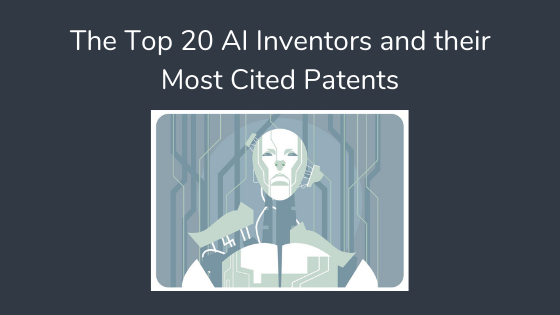
If our era is the next Industrial Revolution, as many claim, AI is surely one of its driving forces. – Fei-Fei Li AI is no more limited to sci-fi movies.
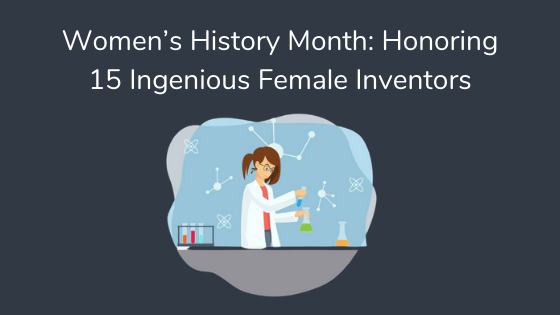
Necessity is the mother of invention. Plato On May 5, 1809, Ms. Mary Dixon Kies became the first woman to receive a patent in the United States of America for her technique
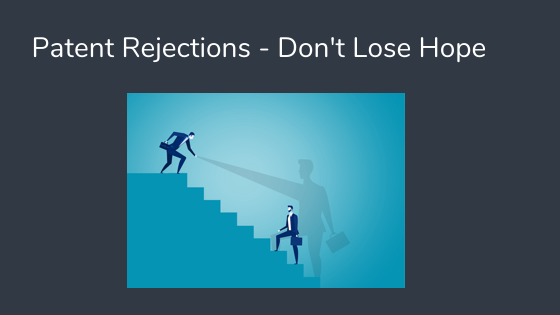
Got a patent rejection? Almost 90% of patent applications receive at least one non-final patent rejection! So let’s dig deeper to understand the best practices while filing patent applications. You

Mr A: Core innovation happens when we stop believing in the societal norms of accepting ‘that’s how it works’. Sam Zellner: “The corollary to this is believing long-held assumptions can’t
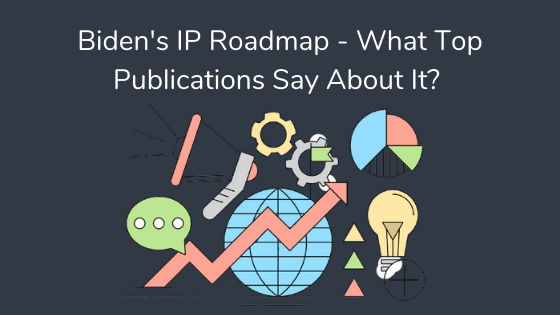
The world is anxiously waiting for revolutionary change as Joe Biden, the 46th President of the United States, and Vice President Kamala Harris prepare to make history. Topics of interest
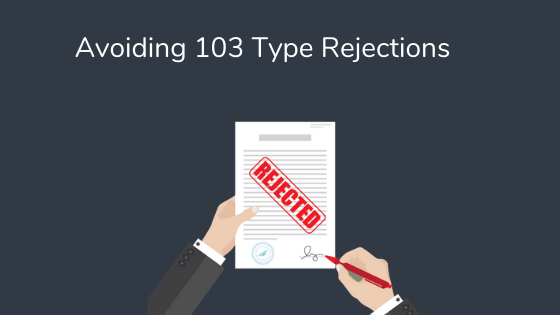
PQAI helps you identify the combinational prior art that can be cited as the basis of a 103-type rejection on your patent application. Looking forward to patenting your invention; the

Informative Snippets in Results for Efficient Relevance Judgement during the Prior Art Search. “An attempt to help people separate the wheat from the chaff efficiently.”

Artificial Intelligence is changing the world around you. For example, from suggesting videos, you may like to drive cars. But can AI accompany you on your patent search spree? Let’s

Patent rejection statistics say: “The probability of failing at the patent office is much higher than that of receiving the patent.” There are 88.6 % chances that you won’t get
©2024 Project PQAI | All Rights Reserved